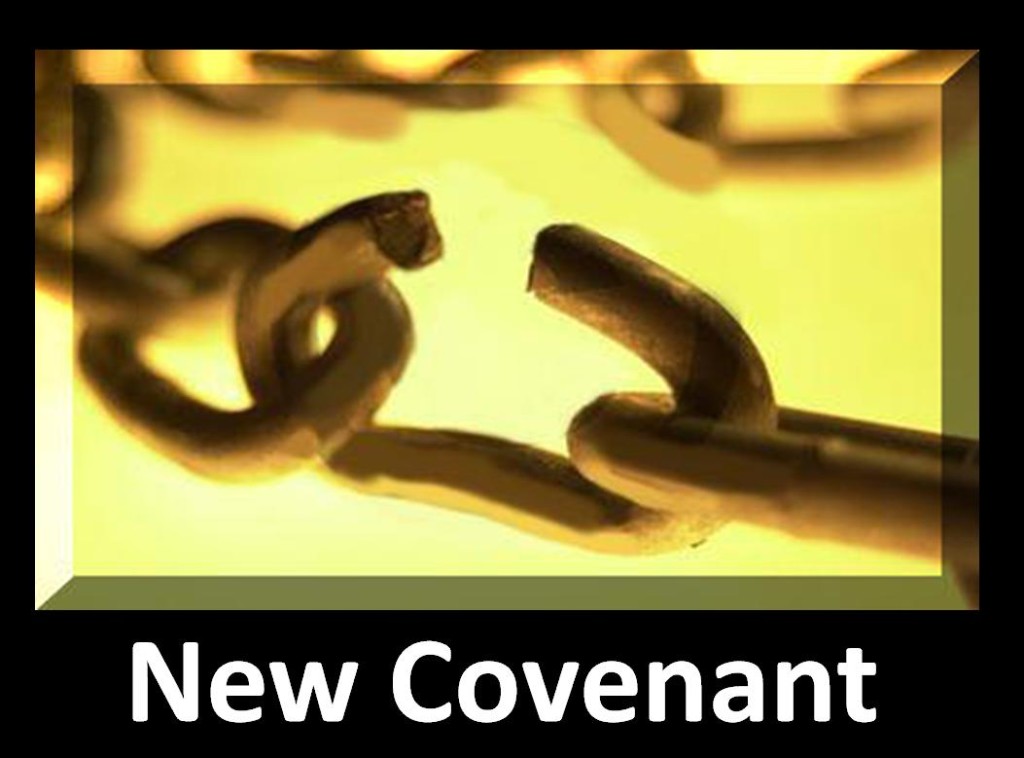Realization #02: The verses & teachings found in the New Covenant trump & transcend those found in the Old Testament.
So how else can we reconcile the readily apparent contradiction between the Old Testament’s wrathful God and the New Testament’s all-Loving One? Fortunately, the easiest way to do so is found within the verses of the Bible itself. Indeed, the New Testament makes it quite clear that, wherever there is an apparent contradiction between the two Covenants (as in the case at hand – how they each seem to portray the nature of God), the New Covenant verse(s) takes precedence …
“There is, on the one hand, the abrogation of an earlier Commandment because it was weak and ineffectual … There is, on the other hand, the introduction of a better Hope, through which we approach God … [Jesus] has obtained a more excellent ministry, and to that degree is the mediator of the better covenant … In speaking of a ‘new Covenant’, he has made the first one obsolete. And what is obsolete and growing old will soon disappear.” ~ Hebrews 7:18-22 & 8:6-13)
Of course, some may argue that Jesus himself openly supported Moses’ Law (“Do not think I have come to abolish the Law or the prophets; I have not come to abolish but to fulfill [them].” ~ Matthew 5:17), and yet the Bible goes on at length to explain that, while Jesus did affirm the validity of the Old Testament’s Law, he also came to radically modify the way we are to fulfill that Law …
“For if there was Glory in the ministry of condemnation, much more does the ministry of liberation abound in Glory! … Indeed, to this very day, when they hear the reading of the old covenant, that same veil is still there, since only ‘in Christ’ is it set aside. Indeed, to this very day whenever Moses is read, a veil lies over their minds; but when one turns to the Lord, the veil is removed.” ~ 2 Corinthians 3:9-15
In essence, Jesus replaced the 10 negative “Thou shalt not” Commandments of Moses with his 2 “Thou shall” Commandments of God (“For in [Jesus] every one of God’s promises is a ‘Yes’. For this reason it is through him that we say ‘Amen’ to the Glory of God.” ~ 2 Corinthians 1:19-20). In this way, Jesus became the “end” of the older Law, even while he upheld its basic tenants…
“Christ is the end of the Law.” ~ Romans 10:4 & “The Law indeed was given through Moses; Grace and Truth came through Jesus Christ.” ~ John 1:17
Jesus came to bring us The Way; a practice of Love that would make the then-stale Old Covenant viable again in the everyday lives of all who adhered to its Path … And yet, for those who believe that the Old Testament’s “God of wrath” is still alive and well (despite the Scriptural references to the contrary cited previously), the problem still presents itself: without believing in the simultaneous existence of two very different Gods, how can we reconcile these apparently contradictory beliefs – a God who is both all-Loving and yet wrathful; a God who cares for us regardless of what we do and yet regularly provokes us with pain so that we can then “prove ourselves” to Him? More importantly for Christians, how can we reconcile these two interpretations of God in a way that harmonizes with Jesus’ clear Commandment of unconditional Love?
Fortunately, there is a Way to do so …





 ;
;